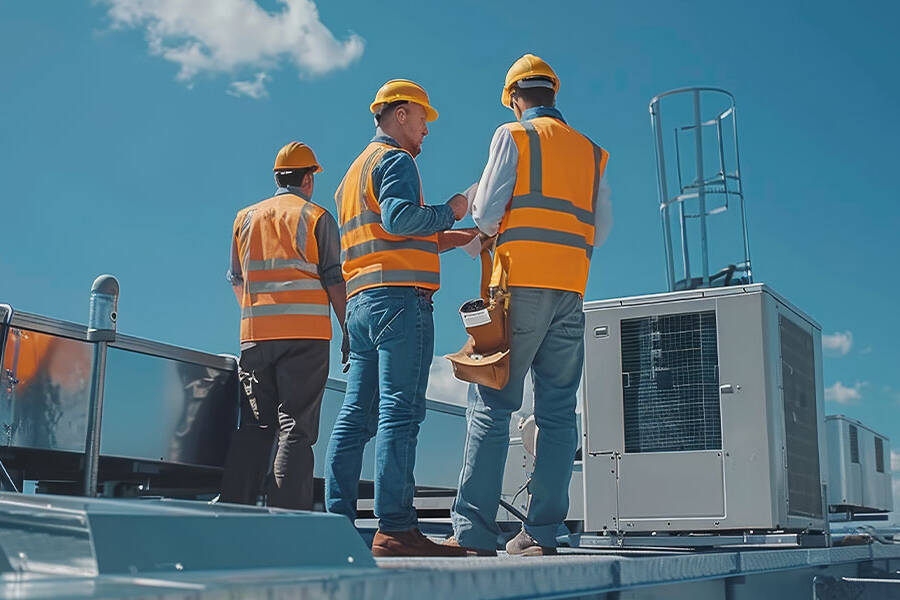Blog & News
How IoT Is Successfully Improving Sustainability In Multifamily Communities
The Internet of Things (IoT) is proving to be a valuable tool in the quest for a more sustainable future. With many multifamily property operators now looking to advance their ESG goals, reduce energy usage, and effectively manage resources, IoT driven solutions are being utilized to help onsite teams optimize HVAC efficiency, conserve water, lower utility costs, and promote green living environments for residents to enjoy.
IoT devices are interconnected smart devices, such as thermostats, leak sensors, outlets, switches, and door locks, that communicate with each other and can be controlled remotely through a centralized platform. They provide key insight to actionable data that helps property management teams proactively monitor and manage different aspects of a building, including energy usage, water consumption, and even access control. Through installation of these IoT solutions, properties can also qualify for additional cost-saving benefits like reduced insurance premiums, rebates, and energy incentive programs.
One of the most significant advantages of IoT in multifamily communities is its ability to provide real-time data on energy usage. This data can help property managers identify units or common areas where energy is being wasted and take the necessary steps to reduce consumption. For instance, continuous monitoring of HVAC runtime activity is an effective way for onsite teams to easily pinpoint inefficiently performing units that may require servicing. As another example, smart thermostats can be set to automatically adjust temperature settings based on the occupancy of the unit, avoiding energy waste when residents are away. Some IoT solutions even include smart lighting systems that will conveniently turn off lights in unoccupied areas, further reducing energy consumption and electricity bills.
Water conservation is another area that IoT is helping to improve. Smart water meters can monitor consumption in real-time, while leak sensors will remotely detect leaks the moment they occur – which is especially useful for hidden areas or in units that may be vacant. Leak sensors can also be used in combination with water valve shut-off devices to ensure water mains are automatically turned off in the instance that a leak is detected. These smart devices allow maintenance teams to proactively catch and address issues to avoid costly water damage restoration, potential mold remediation, and reduce instances of water waste.
The benefits of IoT in multifamily communities extend beyond just environmental sustainability. By reducing energy and water waste, property managers can lower operating costs and pass on savings to residents in the form of lower utility bills. Additionally, IoT technology can improve the overall living experience for residents by providing greater comfort, convenience, and safety.
By now, we’ve seen that IoT has the potential to revolutionize the way multifamily communities manage their resources and energy consumption. By improving energy usage, encouraging water conservation, and automating risk mitigation, IoT is providing onsite teams with valuable tools to reduce their environmental footprint and lower operating costs. As IoT driven technology continues to evolve and become more widespread, we can expect to see even greater benefits in the years to come.




